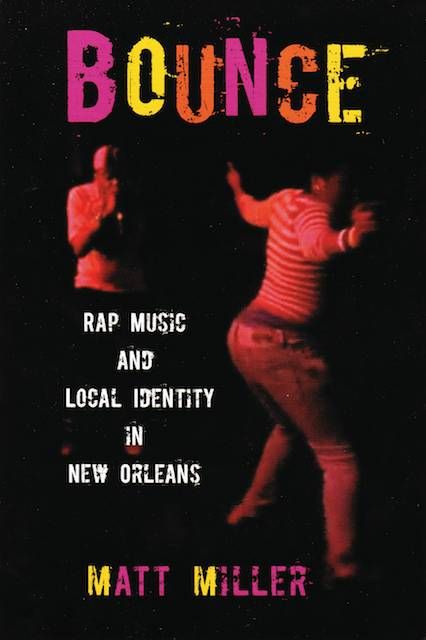NOLA PART 3
| December 31, 2013
We biked to a spot just downriver from the Jax Brewery where we could access the levee and see the city fireworks. We arrived a few minutes before midnight and found places to sit on the rocks that face the riverbanks. A tugboat was anchored almost in front of us, nearly mid-river, and it held a barge in place—that’s where the fireworks were launched. A more perfect viewing spot would be hard to imagine—maybe the drizzle was keeping the crowds away.
Before the New Orleans fireworks were set off, we could see the riverside fireworks from the neighboring towns, up and down and across the river: Gretna, Algiers, Uptown and Carrollton.
Afterwards we biked into the Quarter, to experience it at its absolute worst—or best, depending on your opinion of humanity. The streets were filled with pedestrians, many of them holding drinks, many of them dressed up, wearing plaid suits, masks, plunging cleavage, beads, silly hats. One man led his own second-line parade using a motorized wheelchair covered in blinking lights and blasting music.
You’re allowed to vomit in public in New Orleans and carry an open drink, but not pee in public.
Food
Our neighbor here has a chicken coop in their backyard. The birds wander into our yard from time to time. A rooster crows every morning. There is a satsuma orange tree in the yard. As the man who told us about St. Roch related, his family observed Lent very strictly when he was young. No mid-day meals and no meat the whole time. He imagined that for some that would seem a privation, but for New Orlineans, they’d happily subsist on fish, shrimp, crabs, crawfish and oysters.
What is nice here is that a food place can be considered great and be either a funky joint or a fancy place that demands that men wear suits. Fancy places have no prerogative on quality and reputation. The humblest joint can have a citywide reputation for its specialty dish. The restaurant scene has, I read, rebounded and is growing since Katrina. Maybe the gentrification and white-ification of parts of NOLA account for that trend, as many of the new places seem to be along the Magazine Street strip, and they’re more uptown. There are some great Vietnamese places around as well, and folks seems to be developing a taste for pho.
Our group stayed local—we mainly hit the local spots here in Bywater:
Elizabeth’s—wonderful southern breakfasts. I had catfish and grits for breakfast one morning.
The Joint—BBQ. The pulled pork was highly recomended, but I also bought some ribs for our New Year’s Eve dinner and those were pretty good too. The sides are interesting: collard greens were on the menu one day and were nice and smokey, and another day I got some grits with leeks, maybe some cheese was in there too.
Bacchanal—is an interesting concept. Basically, it’s a wine and gourmet cheese shop downstairs—the idea being you buy a bottle (which are marked up a little but not too much) and drink it with your food, cheese or snacks upstairs or outdoors in back. I had a sandwich that was tasty. You can get wine to go—it’s then $5 off the marked price.
Satsuma—healthy food! In New Orleans! It’s not all deep fried here. Sandwiches, salads and fresh squeezed juices. This place could be in Greenpoint—in fact, I overheard a young woman at a neighboring table saying she wanted to move there.
Oxalis—haven’t tried it; it’s new and looks very tasteful in its decor. A just-opened bar/restaurant with an emphasis on bourbon, and tapas-like plates for food.
Booty’s—street food from around the world presented in a casual gourmet atmosphere. Very popular.
Frady’s (photo below)—sort of deli-counter vibe: breakfast stuff, sandwiches, and…home renovation supplies. I had a pretty good oyster po’ boy here….I also bought some duct tape. There are no seats inside.
LeeAnn Rossi, who is from nearby Shreveport, was here recently and has created a much more comprehensive interactive map to many of the more must-try establishments. Click on any of the red placemarkers below for more info on an establishment.
1.01.14: New Year’s Day
Dumping on Mother Earth
I biked to the Contemporary Arts Center in the Warehouse District and, while there are some nice installations and pieces scattered about on the ground floor (look at this giant hairball by Castillo!)
…the top two exhibition floors were where I lingered. They were both devoted to a series of large-scale photos around a water theme by Canadian Edward Burtynsky.
Burtynsky’s photos (not just this series) tend to be large-scale, mostly of landscapes (not individual people) and often focus on the effects man is having on the natural world. Those latter photos often show us the terrible things we’re doing to our planet in ways that we might otherwise not be able to see—as Burtynsky often goes for the high angle or the aerial view. Often, the immediate reaction one has when encountering one of these is, “What is that?” as the stuff he is attracted to often looks fairly abstract when viewed from above. These are farms in Spain:
The pictures have a deep focus and are high resolution (they’re taken with a Hasselblad, 2 ¼ square inch format)…I often found myself walking right up to the prints to see small details: tiny details were revealed as houses, animals or even people. That’s a road along the bottom of this photo of pivot irrigation; in the lower right is a house.
There seems to be a conscious effort to reference modern abstract art—the irrigated fields above remind me of an early Frank Stella or some aspects of the painting of Robert Delaunay. But it could be the other way around—the moderns could have been unconsciously lifting their shapes and designs from natural phenoma. I believe one doesn’t have to be consciously aware of such borrowing; an artist might even deny it.
Below is a picture of a step well, of which there are quite a few in Rajasthan, the mostly desert province of India. Some were built over 1000 years ago, but most existing ones were built in the past 800 years. During monsoon season, they fill with water and become a source of fresh water for the nearby villages. As the dry season lingers, the water level drops, hence the steps that allow one to reach deeper and deeper into these wells as the year passes. Most of them are not in use now. During the British Raj in India (1858-1947), British authorities weren’t satisifed with the level of hygiene of the step wells, and ordered the installation of pipes and pumps to replace them. Amazing looking, eh? Like something out of Myst (I date myself) or some dystopian sci-fi movie.
A nice part of this show was the audio guide. You dialed a phone number and then if a particular photo had a number alongside it, you could punch in the number and hear Burtynsky talking about what you’re seeing—how it came to be, what effect it has and maybe how he took the picture. Given that these pictures are extraordinary looking but don’t reveal what or why in most cases, the extra info deepens the experience. The fact that the photos and the commentary are as much about these extraordinary places as being about his photography and artistry gives him more to talk about as well. I can see why he didn’t want to have big wall panels with all that info though—you would then tend to read first and look at the pictures later. As it is, you have a minute to marvel at the sheer weirdness of whatever it is, and then the mystery gets revealed. That said I’m going to spill some spoilers here.
Below is the Colorado River Delta. This river has been used so much for irrigation and other human-oriented factors that it never quite reaches the sea (Baja is where it would normally dump out). Instead, it creates a delta of fractals that never reaches its goal. What was a river is now a sort of extremely elongated lake that runs downhill.
Last Meal in New Orleans
My daughter and I went to sample one of the more upscale restaurants—Pêche, in the Warehouse District. Great local oysters and fresh fish. Upscale is relative here; the prices were edging close to what one might pay in NY, but there was none of the pretense.
The Cyclical Calendar
Sadly, I’m going to miss some of the upcoming parades. The first on the parade calendar celebrates Twelfth night (AKA Epiphany, 12 days after Christmas), which is considered the beginnning of Mardi Gras season—so one celebration (Christmas and New Year’s) segues more or less into the next. Celebrations and pageantry are an older way of marking out the passage of time during a year. They’re linked to solstices, planting, rainy seasons and harvests and all of that and the resulting sense of one segment of ritualized time passing into the next one internalizes the feeling that one lives in a never-ending circular continuum—very different than the linear and more mechanical time sense that has been foisted upon us in the name of organization and efficiency.
Who’s to say time isn’t circular? And who’s to say it always moves along at the same speed? Neuroscientists have recently shown that we perceive time speeding up and slowing down. Objectively one might say, “Oh that elastic effect is just a by-product of how our senses and brain work; real time—atomic clock measured time—is a constant.” But it’s not. Einstein showed that as one zooms way out, time is in fact elastic, so our rubbery perceptions (and maybe those of the participants in parades, processions and pageants) are actually a more accurate reflection of the universe.
The run-up to Mardi Gras parades begin on Jan 6th, and continue sporatically until they reach a climax months later on Fat Tuesday, the day before Lent starts. I can’t begin to deal here with Carnival and the various krewes, but I have to note that The Wild Tchoupitoulas record, a record of this imaginary Indian tribe’s Mardi Gras songs and chants backed by both the Neville’s and The Meters, has just recently been designated a national cultural treasure. About time. Mardi Gras Indians are an incredible and surreal phenomena and this recording is one of the best NOLA records ever. Produced by Allen Toussaint, it was not a big seller, but like many modest-selling records, it had a huge impact.
On Jan 6th there’s even a parade in honor of Joan of Arc, led by the Krewe de Jeanne d’Arc.
In this procession through the Quarter, there will be folks dressed as knights, peasants, kings, queens, lambs, heretics, angels and three women who represent Joan of Arc at different stages of her life. The krewe throw prayer cards, dolls, beads, and 16 hard-to-get swords that represent Joan’s age when she began to battle for France. Sounds like a LARPers delight.
We biked home in the dark along the levee that borders the Quarter, then, following the river, along Chartres into Bywater. As we neared Elizabeth’s restaurant we could see that the road was blocked by a large truck and a man was hosing down the street. As we biked by we could see and smell what it was he was hosing off—human shit. Not just a turd, but a whole pile (I’d smelled it here and there in the last day or so in various places.) Well, yeah, New Orleans sure is funky, just don’t get any on ya.
Recommended Reading and Resources
The Year Before the Flood, Ned Sublette. A friend who hails from Lubbock and lived in NOLA the year before Katrina hit. His book delves into all aspects of NOLA culture and politics—it’s a gorgeous portrait of the city before the storm hit. (Sublette has also written THE book on Cuban music and a book on how NOLA came to be what it is.)
Unfathomable City: A New Orleans Atlas, Rebecca Solnit and Rebecca Snedeker. This collection of essays and maps is another way of trying to understand some of what New Orleans is about and how it got that way. The maps reveal the city in ways that text cannot.
WWOZ—pretty much all NOLA music all the time. Sometimes they take a musical detour, but usually for a good reason that eventually leads back to the main road. If every city had a station like this, the world would be a better and happier place to live in. The late great Ernie K-Doe used to have a show on WWOZ; I used to tape it on cassettes in the 80s. He played great music and was a true phenomenon—often comparing himself with James Brown on air (K-Doe had a big hit with the song “Mother-In-Law,” but James Brown he was not) and he would challenge Brown and others to battles that would never materialize.
“On the second month, the twenty-second day, nineteen and thirty-six, eight-fifteen in the morning time, Charity Hospital went to rumblin’ and a-grumblin’! The building started to bendin’, the walls started shakin’, and the doctors said, ‘What’s wrong? What’s happening?’ The people told them doctors, ‘A boy-child is being born on the third floor, at this particular time!’ And I believe about that time the doctor had done finished what he had to do, and the nurses had done washed this beautiful body of mines down and brought it to my mother, and I believe my mother looked up at my father and said, ‘Huh! What we gonna name the boy this morning?’ And my father looked down at my mother and said, ‘Hush! You can’t name him nothin’ but one thing, that’s Ernie K-Doe Jr., and he’s gonna be a bad motor scooter!’”
WWOZ has an app!-I have the android version.
Watched A Streetcar Named Desire while we were in NOLA. Some very theatrical shit there. I guess the streetcars used to run as far as Bywater back in the day, as that’s where Desire street is. Maybe this play was shocking back in the day, but now one is hardly shocked that Blanche might have used men to pay her depts and bolster her needy sense of self. The “filmed-play” style of the movie is a bit alienating as well…the acting is very theatrical, as is the dialogue.
A friend recommends City Of Night, a novel by John Rechy about his own life as a hustler. Part of it takes place in New Orleans. It was referenced by The Doors and Gus Van Sant (My Own Private Idaho). Also recommended was A Hall Of Mirrors, Robert Stone’s first novel. Set in the early 60s, it carries over some influence and stream of consciousness style from his time spent with the Beats, but this apparently is much darker.
When The Levees Broke—Spike Lee’s 4-part doc on Katrina. Amazing. There’s a follow-up series I haven’t seen yet.
Treme—An HBO series that follows a range of New Orleans characters—lots of music scenes.
I’m Carolyn Parker—A Jonathan Demme doc about a woman in the Holy Cross neighborhood rebuilding her home post-Katrina.
Down By Law—Jim Jarmusch’s film. Some lovely New Orleans background shot by Robbie Müller. A LOT of films are shooting here now.
Thanks to Tom Beller who sent us copies of a picture book…Other books are Spirit of New Orleans by Bruce Keyes, Look and Leave by Jane Fulton Alt, Eyes of Eagles: New Orleans’ Black Mardi Gras Indians pix by Christopher Porche West and In The Spirit, the wonderful photos of Michael Smith. There are so many books about this city. There’s even a book on Bounce, by Matt Miller.
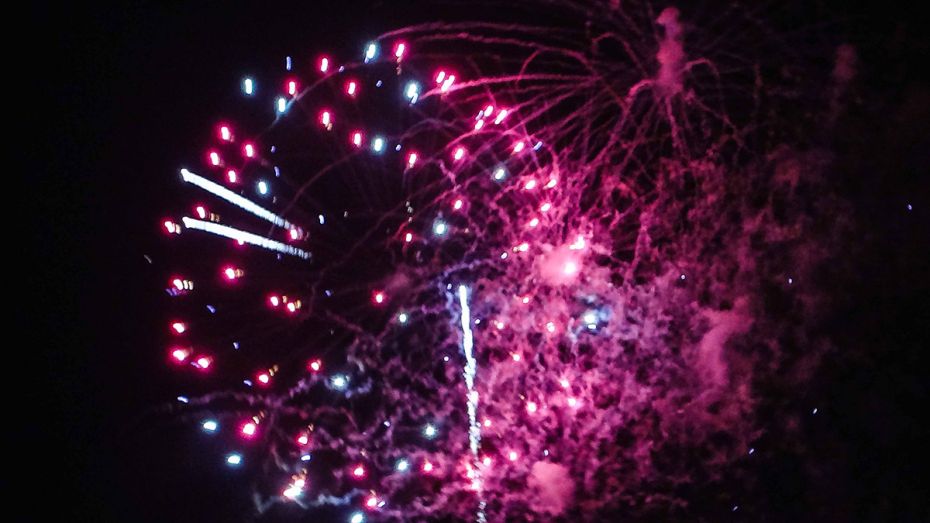
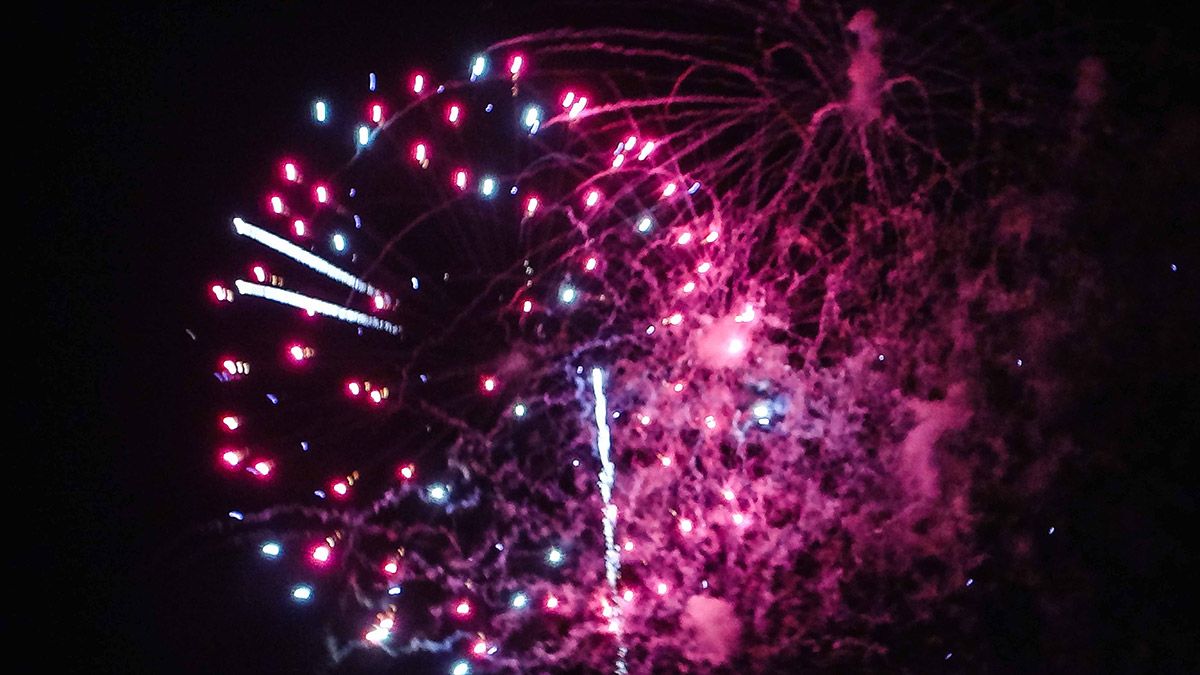
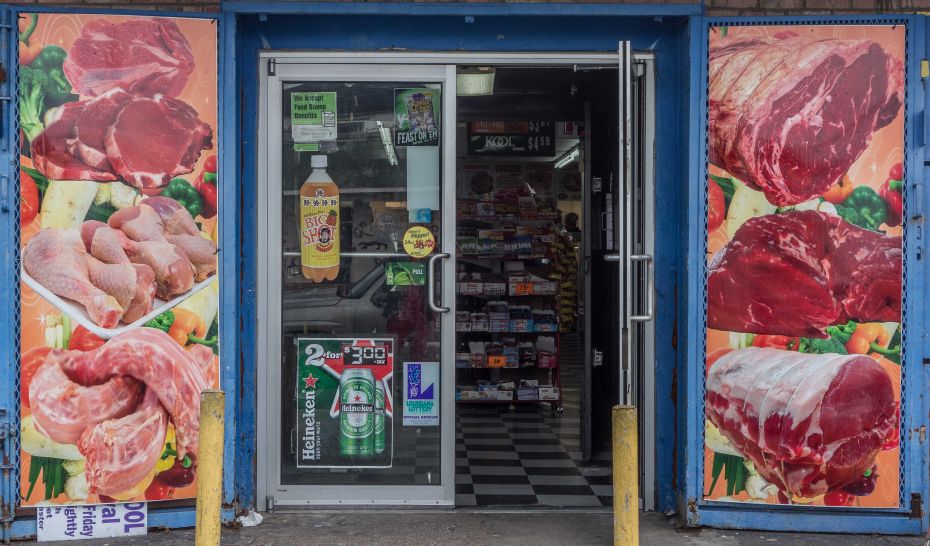

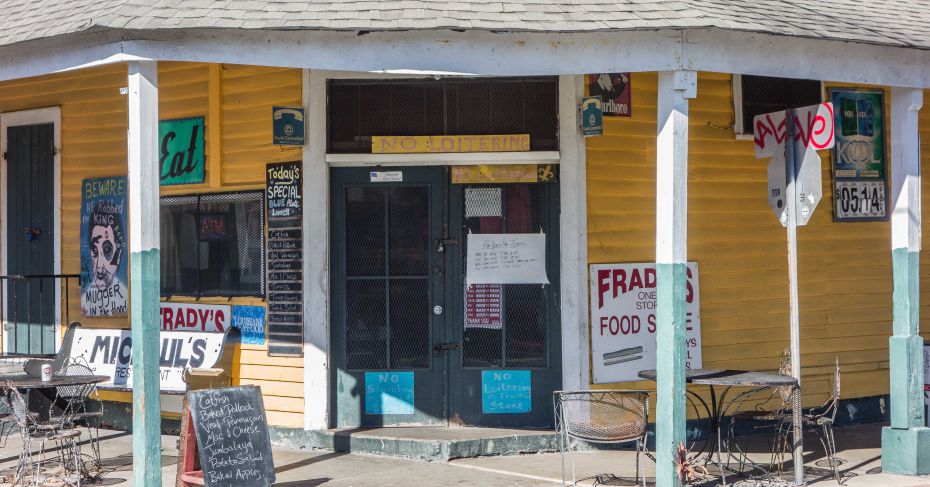
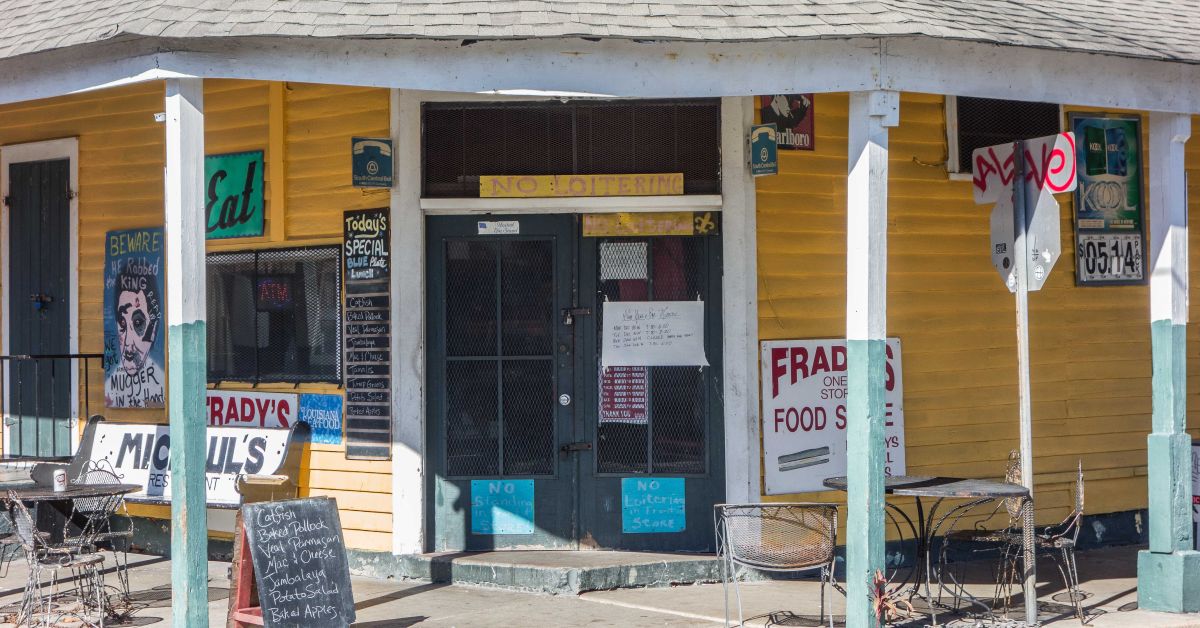
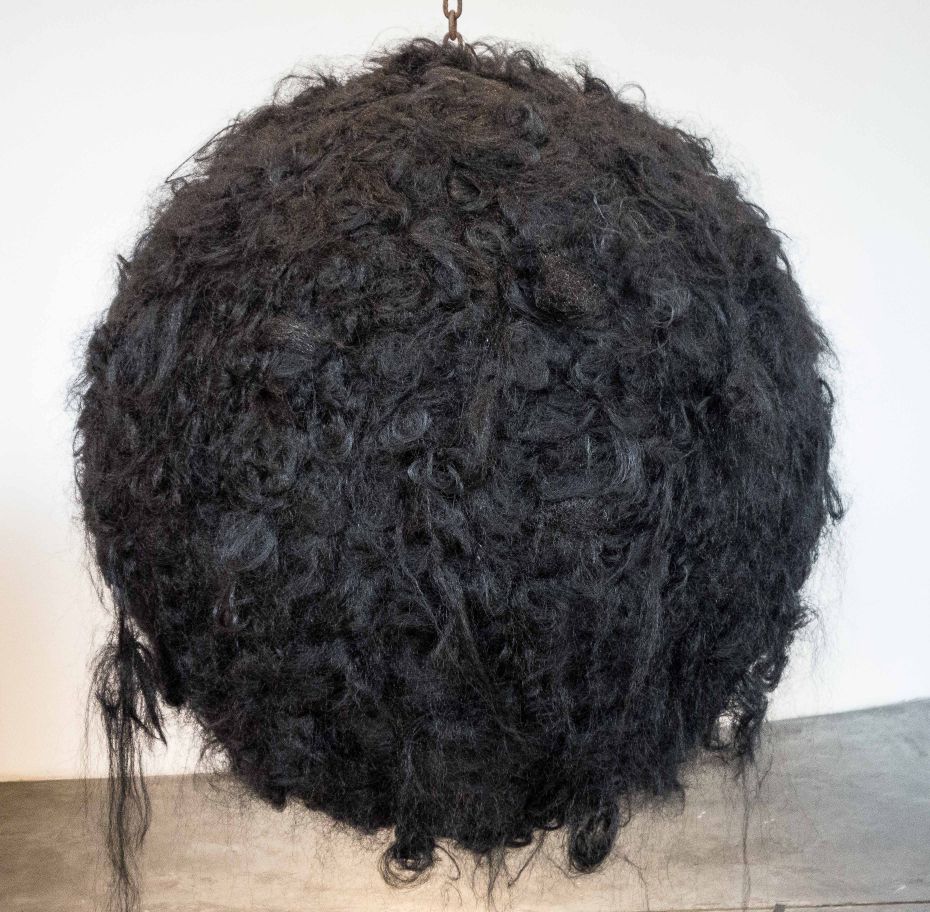
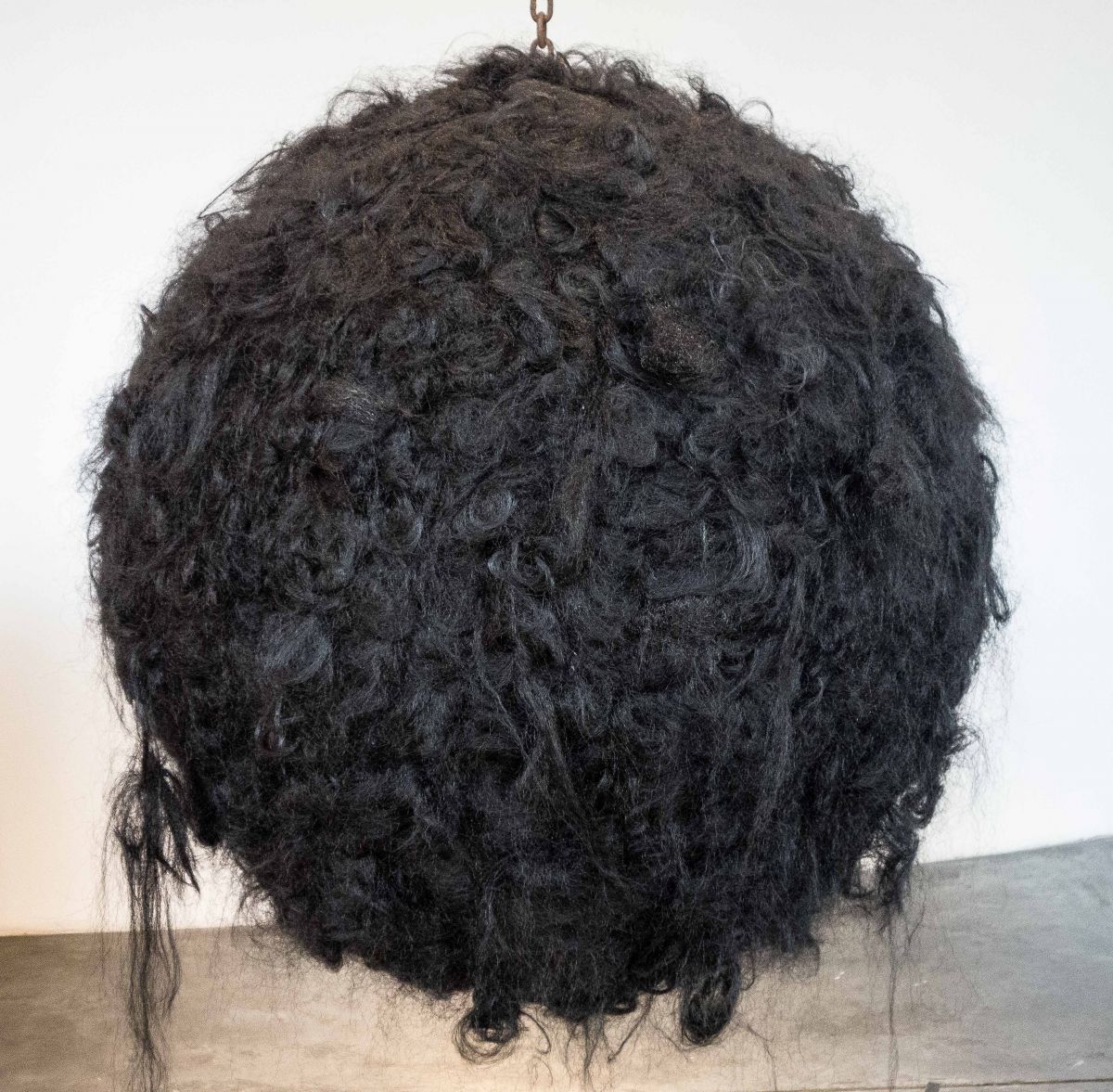
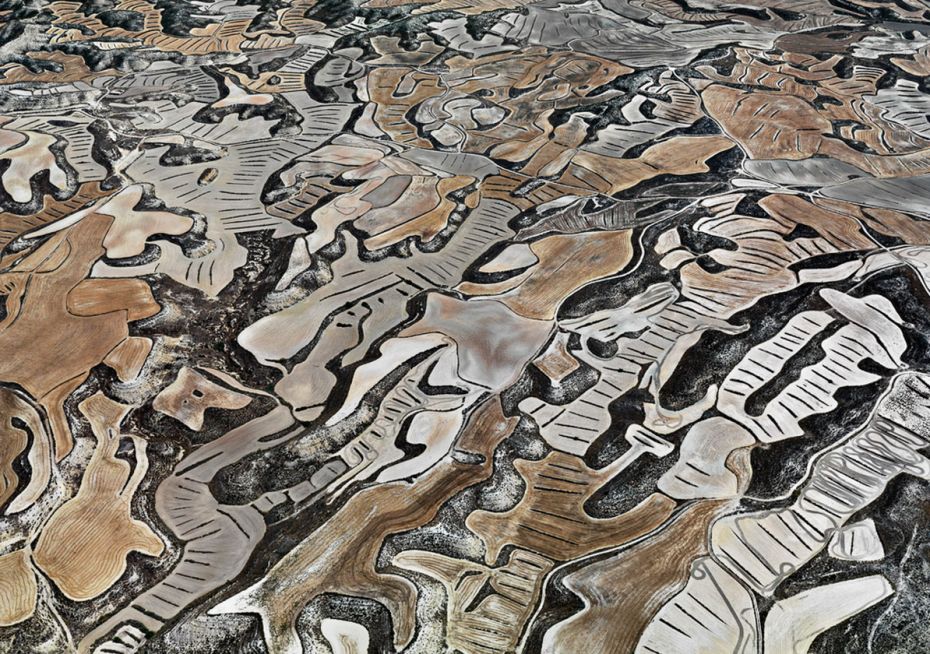
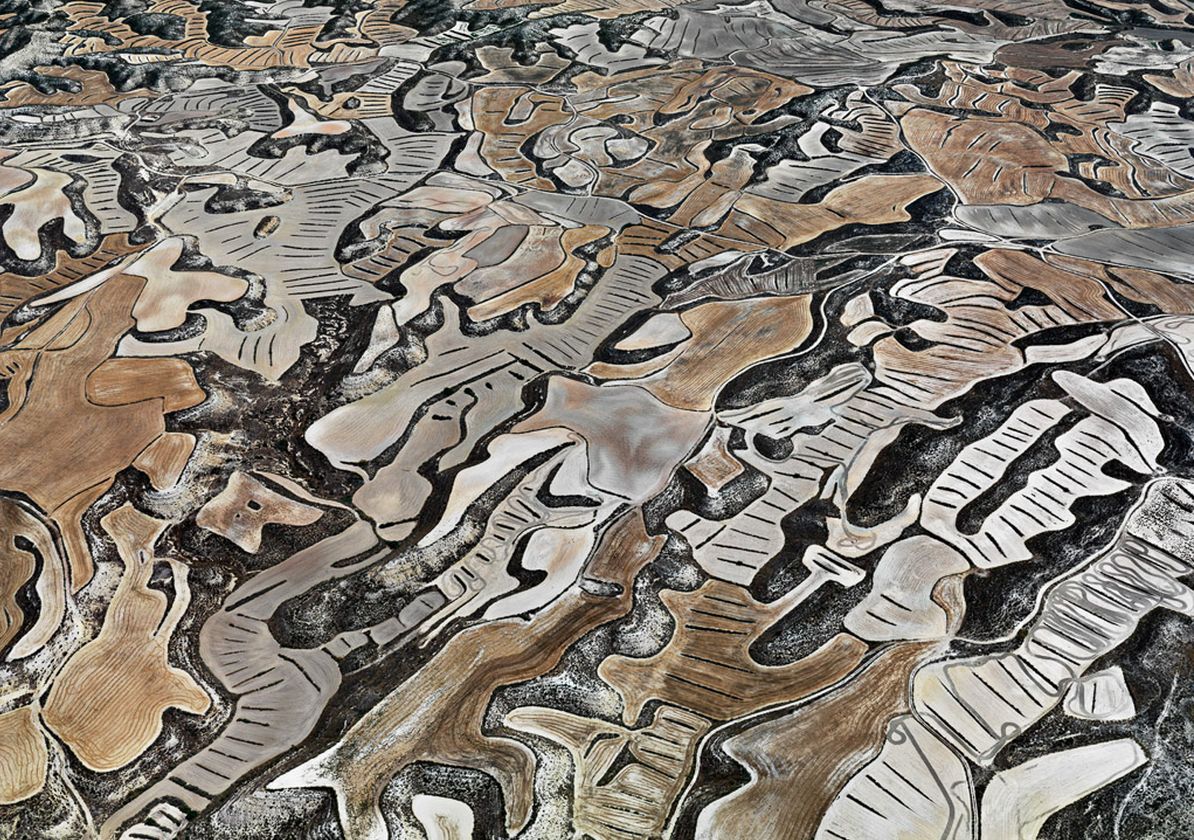 Source">
Source">
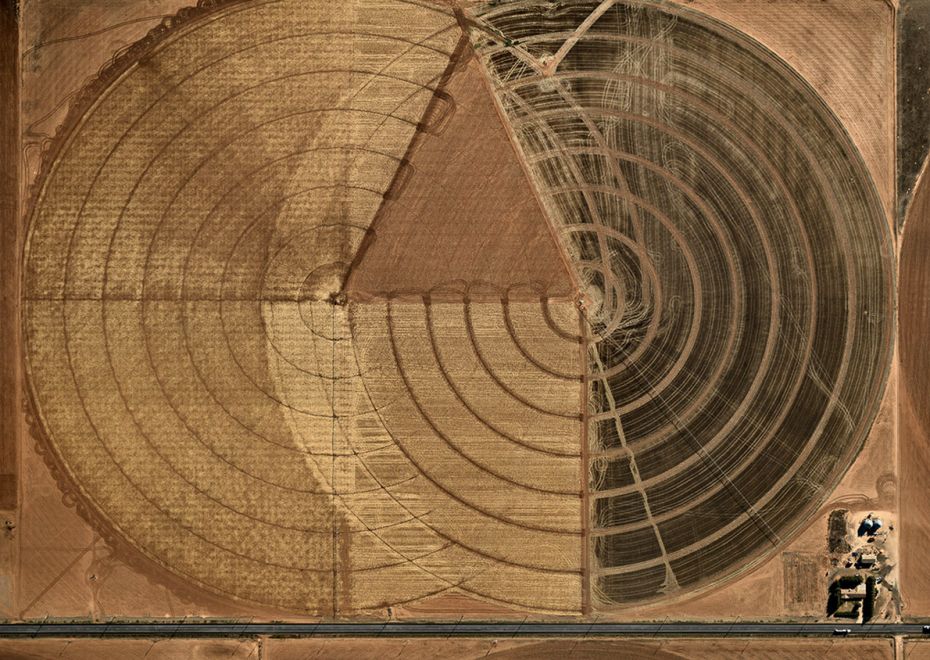
 Source">
Source">
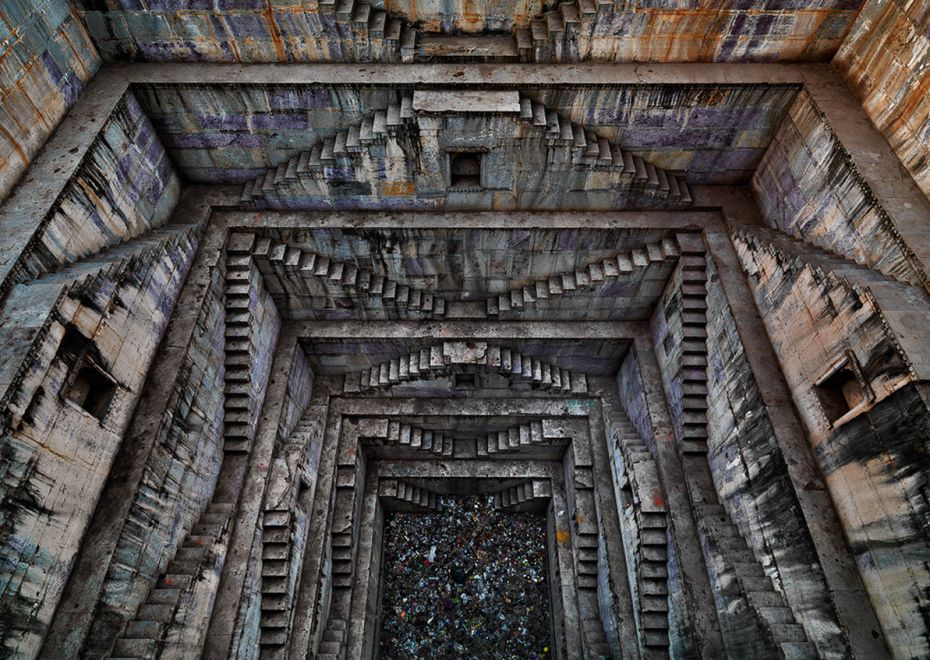
 Source">
Source">
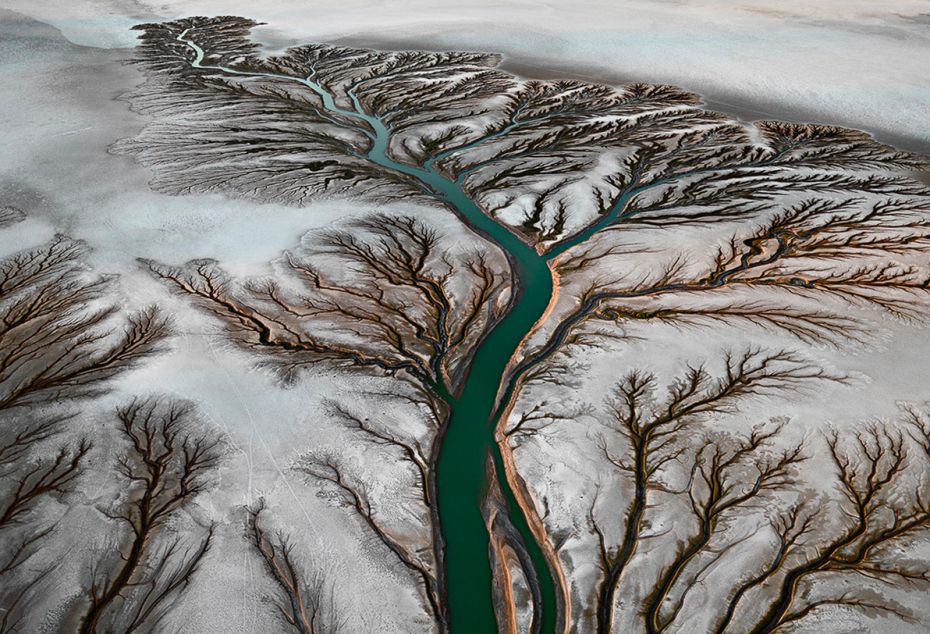
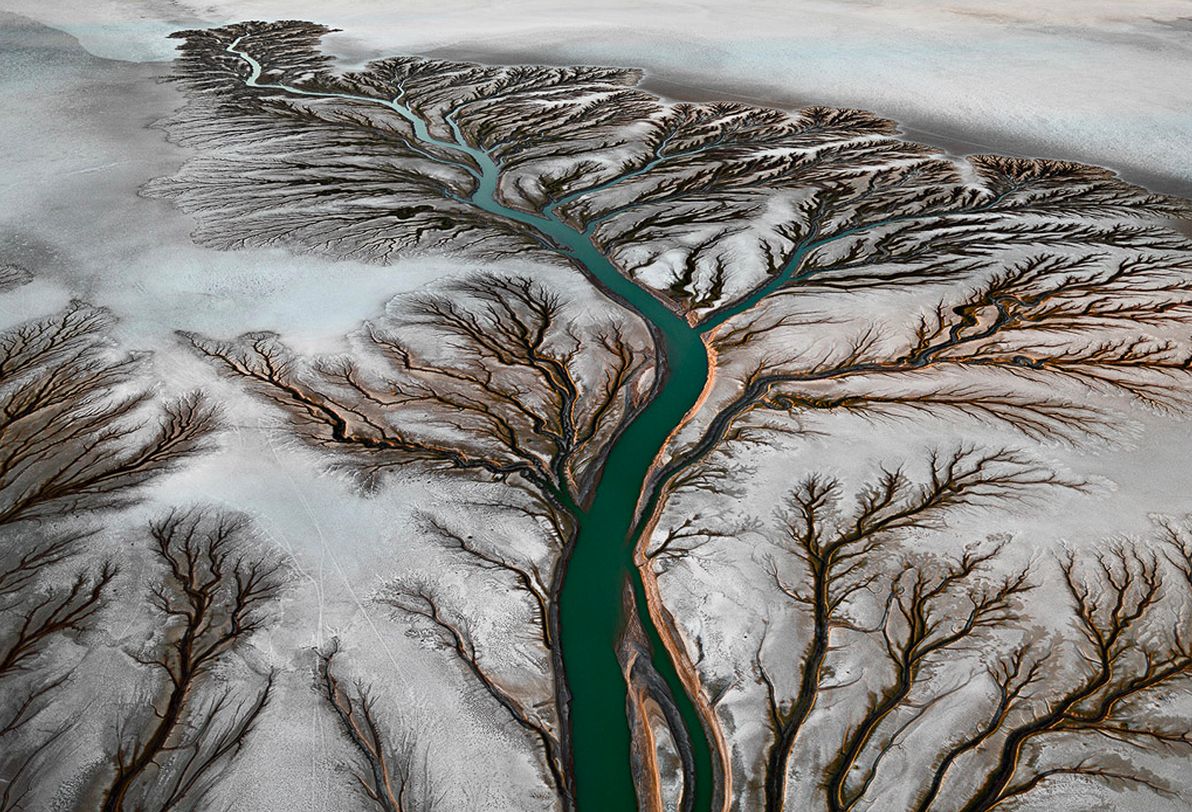 Source">
Source">
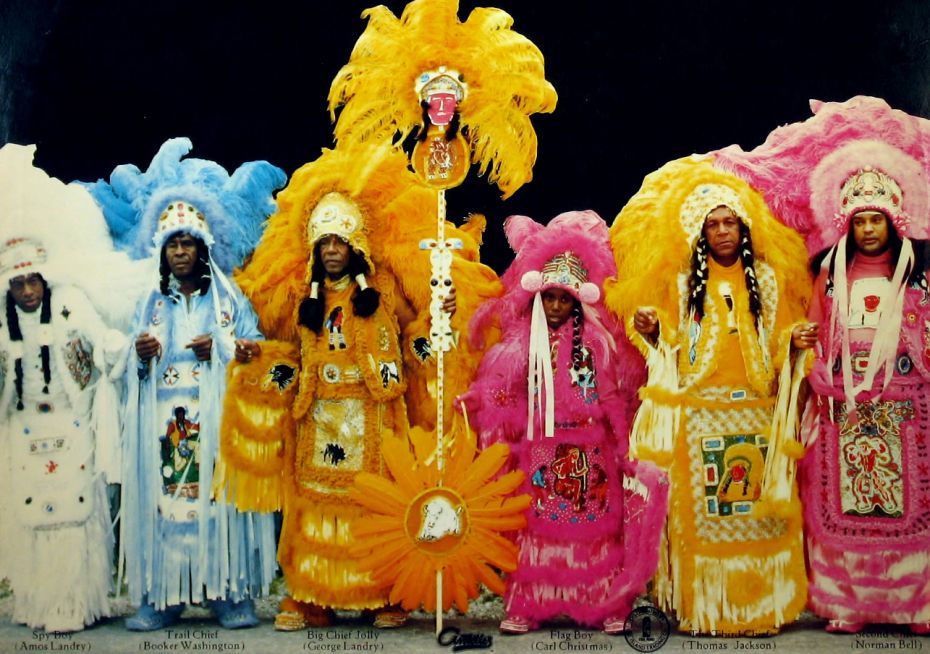
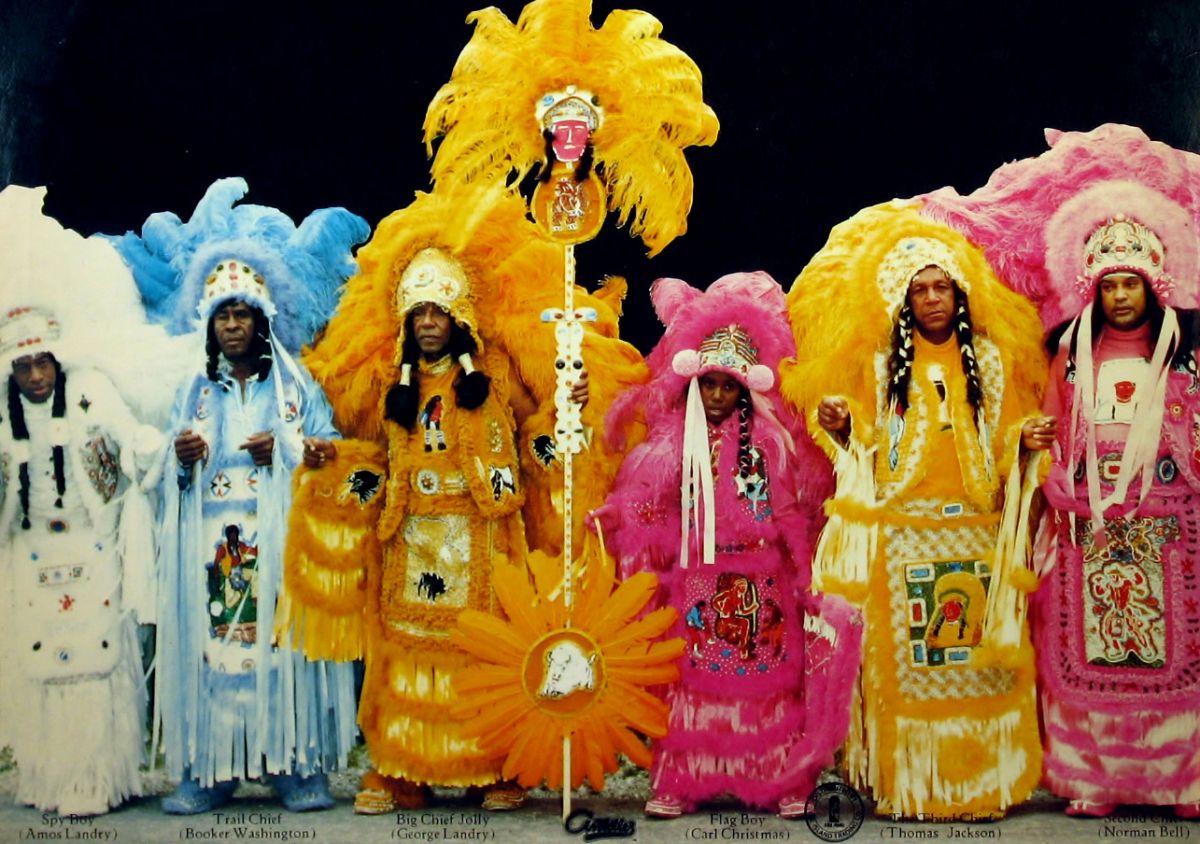 Source">
Source">
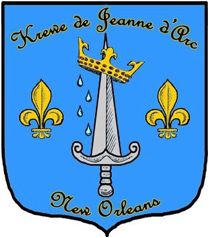
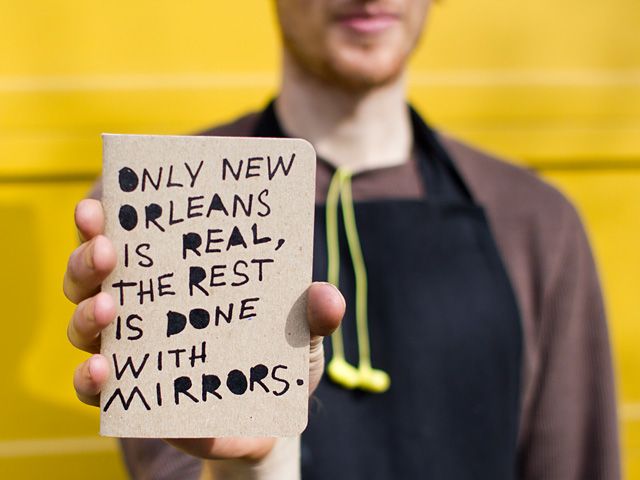
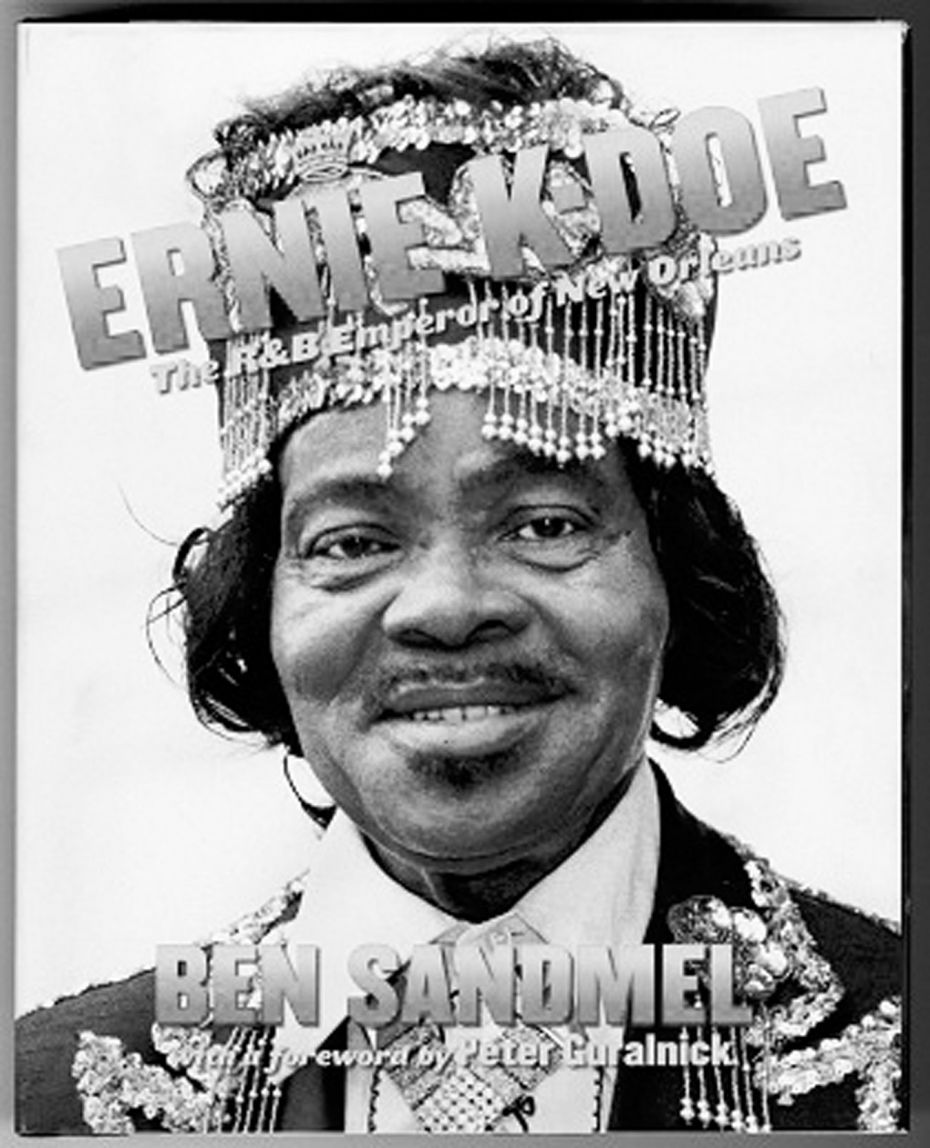
 Source">
Source">
